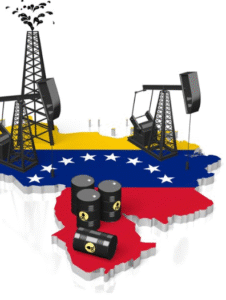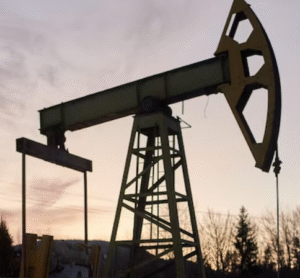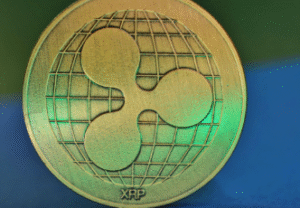$BRNT $RTSI $USDRUB
#Russia #Oil #OPEC #OPECPlus #Energy #BrentCrude #OilProduction #Novak #Commodities #Geopolitics #MarketAnalysis #Moscow
Russia’s oil production in 2025 is expected to decrease slightly compared to 2024, as the country adjusts its output in line with OPEC+ commitments to compensate for prior overproduction. According to Russian Deputy Prime Minister Alexander Novak, the country plans to produce between 515 million and 520 million tons of oil this year, compared to the 516 million tons recorded in 2024. The revision in production estimates aligns with Russia’s ongoing participation in OPEC+ agreements, which regulate global oil supply to support crude prices. The country’s adherence to output curbs is a significant factor in shaping oil market dynamics, as Russia remains one of the largest crude producers globally.
Despite the anticipated decline in production levels, Novak noted that Russia’s oil processing and refining operations are expected to increase in 2025. This signals a strategic pivot toward optimizing domestic refining capacity to extract higher value from crude, rather than relying primarily on exports. Such a move may help Russia mitigate potential revenue losses from lower crude production while maintaining fuel supply for both domestic consumption and exports to key markets such as China and India. Additionally, higher refining activity could stabilize the domestic fuel market, preventing supply shortages or price volatility that could impact inflation and economic growth.
Market analysts believe that Russia’s compliance with OPEC+ quotas, along with broader geopolitical and demand-side factors, will influence oil price trends in 2025. Brent crude ($BRNT), a key benchmark for global oil prices, has traded within a volatile range amid concerns over supply constraints and geopolitical uncertainty. Lower Russian production could provide some upward pressure on prices, depending on the compliance levels of other OPEC+ members and external factors such as U.S. shale output and global economic growth. Traders and investors will closely monitor how Moscow adjusts its output strategy in response to evolving macroeconomic conditions, particularly as Western sanctions continue to reshape Russia’s energy trade relationships.
In the broader financial markets, the impact of Russia’s oil production strategy will extend beyond crude prices and into currency and equity markets. The Russian ruble ($USDRUB) tends to be sensitive to changes in oil revenues, and any fluctuations in production or prices could influence the currency’s valuation. Additionally, energy-linked stocks in Russia’s RTS Index ($RTSI) may experience movement in response to shifts in production levels and oil prices. The effectiveness of Russia’s strategy in balancing production cuts with refining growth will be a crucial factor in determining the country’s economic performance in 2025. Global investors will continue assessing these developments as they shape commodity markets and broader economic conditions.











Comments are closed.